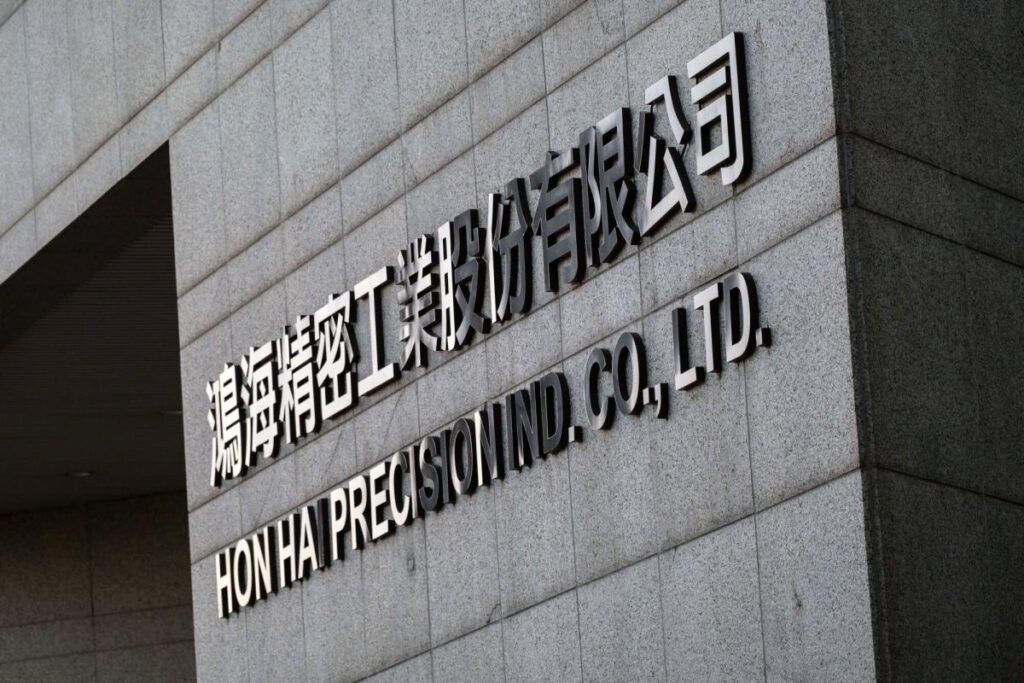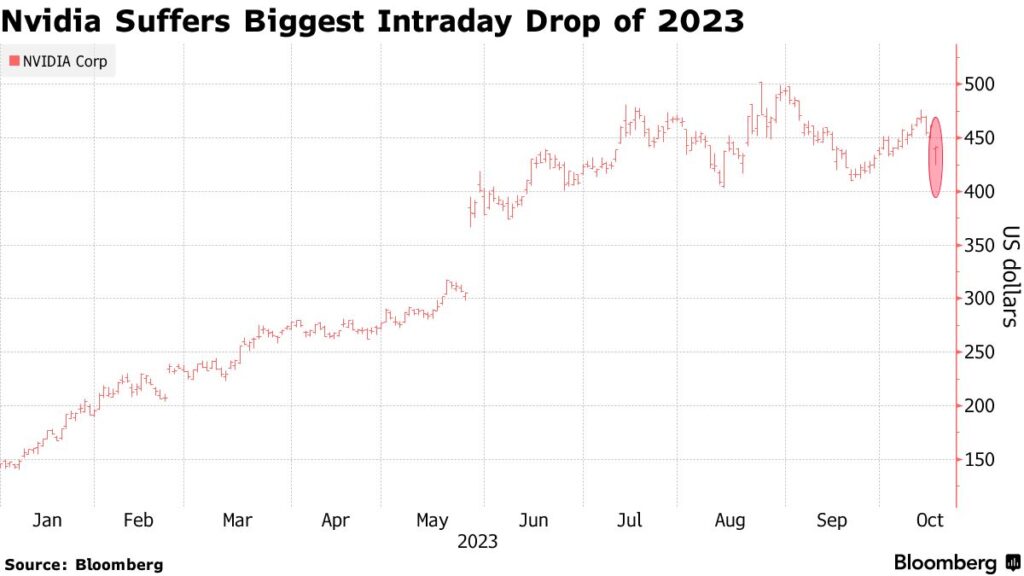Will X’s Addition of Audio and Video Calling Create Stickiness in the App?
Elon Musk’s recent announcement regarding the introduction of audio and video calling features on X, formerly known as Twitter, has sparked curiosity and speculation among users and tech enthusiasts. This move aligns with Musk’s ambitious plan to transform X into an “everything app” that encompasses a wide range of services, from online payments to news and even food delivery.

While the new feature has generated excitement, not all X users currently have access to it, and the company hasn’t provided a clear timeline for a widespread rollout. Additionally, there’s been speculation, based on code discovered by tech veteran Chris Messina, that these audio and video calls may be reserved for subscribers, indicating a potential premium feature.
The introduction of premium features is not surprising in the tech world, but it raises questions about how these services will be managed. Some early users have reported that they can screen calls by specifying criteria such as verified users, people they follow, and contacts in their address book. This suggests that X aims to provide a level of control and privacy for its users.
However, X’s recent silence on the matter, responding to inquiries with automated messages after Musk’s takeover, leaves many wondering about the reasoning behind this new feature. Elon Musk has been vocal about his desire to transform X into a platform akin to China’s WeChat, a super-app that facilitates everything from shopping to communication. Yet, his initial vision for X.com, dating back to 1999, was primarily a financial services app, encompassing banking, digital transactions, and more.
The introduction of audio and video calling may appear incongruent with X’s financial services aspirations, raising concerns about potential disruptions to the user experience. Getting a phone call on a social media platform primarily designed for consuming information is an unexpected twist, particularly if it’s from an unfamiliar verified X user.
Nonetheless, Musk’s strategy might be to emulate companies like Uber and Amazon, creating stickiness within the X app by offering an expanding array of services. Uber evolved from a ride-hailing service to providing food delivery, boat charters, and more. Amazon used products like Alexa to drive additional revenue to its core business.
The big question is whether this approach will succeed for X. Users might initially be drawn to X for its signature content like live Spaces and entertaining posts. Still, they could stay for the convenience of internet-enabled phone calls, long-form content, and high-yield savings accounts, especially if these features are limited to subscribers. This approach could potentially become a revenue driver for X.
Also Read: Alphabet Shares Fall After Cloud Unit Misses Estimates
However, there’s a significant caveat to this strategy. Musk’s success in executing his grand vision hinges on both technical challenges and the regulatory environment. Unlike China, the U.S. maintains a close watch on tech companies to prevent monopolistic practices and protect competition.
In conclusion, while the addition of audio and video calling to X might seem unexpected in light of its financial services focus, it could potentially serve as a strategy to create user “stickiness” within the app. The ultimate success of this move will depend on how well Musk can execute his broader plans while navigating regulatory scrutiny. X users will have to wait and see how this ambitious transformation unfolds.

I am a law graduate from NLU Lucknow. I have a flair for creative writing and hence in my free time work as a freelance content writer.




